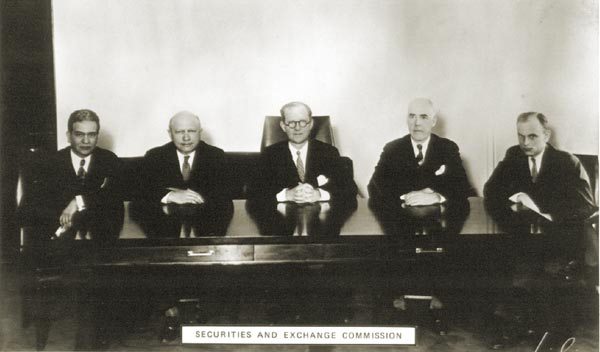
SEC commission in 1934
The law codifies governance of the securities exchanges and broker-dealers and leads to the creation of the Securities and Exchange Commission.
Read more
The measure, whose genesis was a 1935 SEC report about investment advice, codifies the regulation of investment advisers. It is mostly a registration, disclosure and fraud-prevention law that notes a fiduciary obligation to clients. But it does not contain specific language defining a fiduciary standard of care.
Read more
The Supreme Court said the congressional intent of the 1940 Act was “to eliminate, or at least expose, all conflicts of interest which might incline an investment adviser — consciously or unconsciously — to render advice which was not disinterested.” The court affirmed an adviser-client fiduciary relationship that provides fewer restrictions to the SEC bringing actions for fraud than are found in a common-law, arms’ length transaction standard.
Read more
A commission led by Daniel Tulley, chairman and CEO of Merrill Lynch & Co. Inc., delivered a report on April 10 about conflicts of interest caused by compensation practices in the retail brokerage industry. The study, conducted at the request of SEC Chairman Arthur Levitt, suggests fee-based accounts as a way to minimize conflicts.
Read more
The SEC proposes a rule that would exempt brokers’ fee-based accounts from the fiduciary requirements of the Investment Advisers Act of 1940. In proposing the 1999 exemption, the SEC said fee-based brokerage accounts benefit investors “by aligning their interests more closely” with the firm and individual broker.
Read more
The SEC re-proposes the 1999 rule exempting fee-based brokerage accounts from the fiduciary requirements of the Investment Advisers Act of 1940. The exemption becomes known as the “Merrill Lynch rule” because the wirehouse was offering such accounts. The Financial Planning Association, seeing a threat to its fee-only investment advisers, sues the SEC.
Read more
In a divided opinion, the D.C. Circuit Court of Appeals vacates the “Merrill Lynch rule.” Brokers must adhere to fiduciary duty when working with fee-based brokerage accounts. Critics say the SEC is lax in enforcing the “solely incidental” requirement.
Read more
The Treasury Department in the new Obama administration releases a report that outlines ways to “increase fairness for investors.” The report proposes that the SEC “establish a fiduciary duty for broker-dealers offering investment advice, and harmonize the regulation of investment advisers and broker-dealers.”
Read more
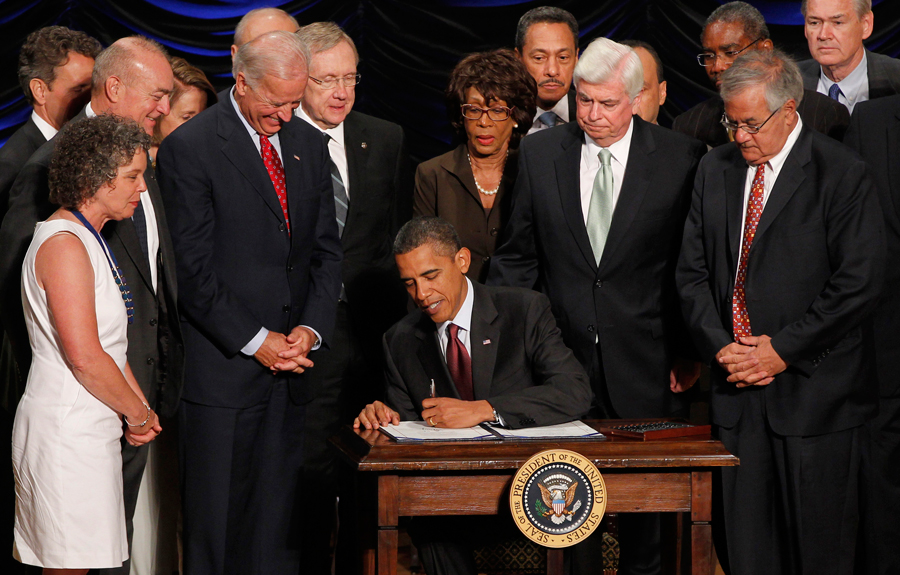
President Barack Obama signs the Dodd-Frank Wall Street Reform and Consumer Protection Act.
In July, President Barack Obama signs the Dodd-Frank financial reform law, which gives the SEC the authority to promulgate a uniform fiduciary duty standard for retail investment advice that is no less stringent than the 1940 Act. The measure provides safe harbor for several brokerage activities, including charging commissions, selling proprietary products and principal trading. It also limits the continuing duty of care.
Read more
In September, the Labor Department releases a rule designed to limit conflicts of interest for financial advisers working with clients in retirement accounts.
Read more
In January, the SEC staff issues a report recommending the commission propose a uniform fiduciary duty rule.
Read more
In September, the DOL withdraws its conflicts of interest rule amid fierce industry criticism. The agency projects a re-proposal in early 2012 – and misses by three years
Read more
In March, the SEC releases a request for comment on the costs and benefits of a uniform fiduciary duty rule and harmonization of adviser and broker regulations. Parameters of a fiduciary rule outlined in the request as a way to frame questions closely resembles a July 2011 proposal from the Securities Industry and Financial Markets Association. The SEC has not published the results of this comment request.
Read more
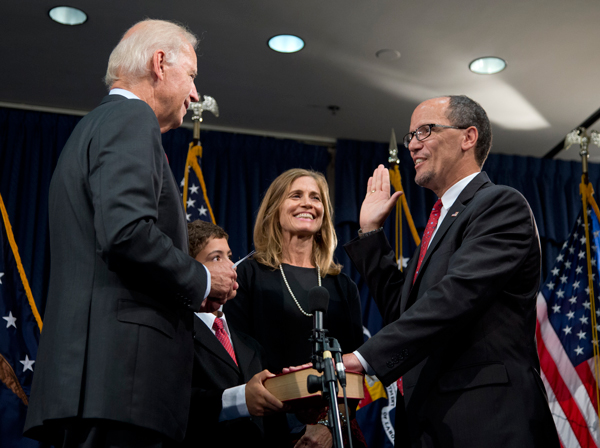
Vice President Joe Biden swears in Thomas Perez as the 26th Labor secretary.
In July, Thomas Perez is confirmed by the Senate as Mr. Obama’s second secretary of labor, succeeding Hilda Solis. At his confirmation hearing, Mr. Perez promises to listen to stakeholders before deciding how to proceed with the fiduciary rule.
Read more
In February, President Obama directs the DOL to re-propose its fiduciary duty rule. Mr. Obama says protecting workers and retirees from conflicted advice would shield more than $17 billion in savings lost annually to inappropriate high fees.
Read more
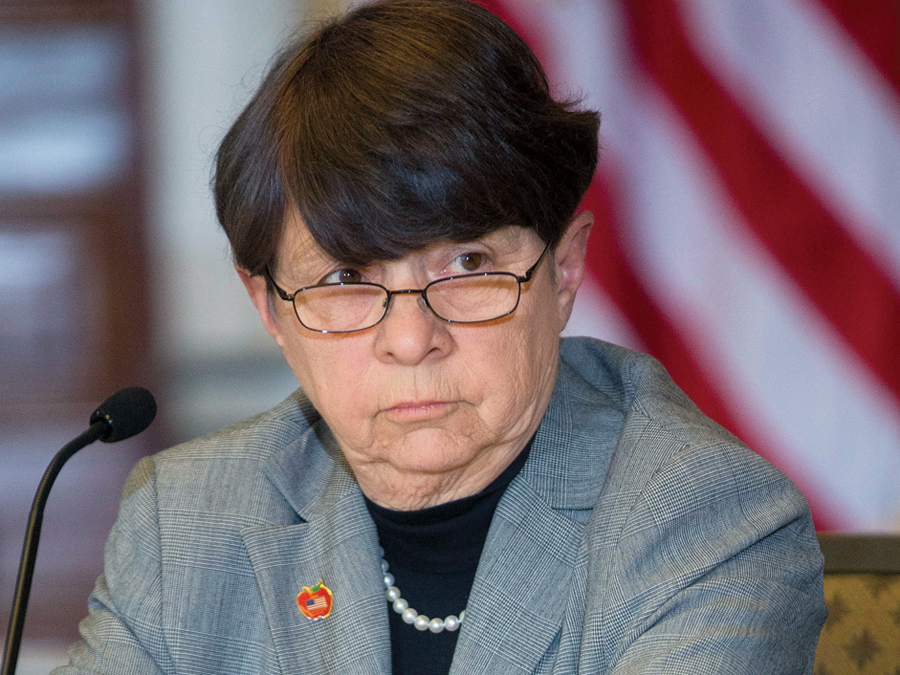
Mary Jo White
In March, SEC Chairwoman Mary Jo White announces her support for a fiduciary duty rule, but cautions that she must find support from two of the other four bipartisan commissioners to propose a rule.
Read more
In April, the Labor Department proposed a new rule requiring fiduciary advice for retirement accounts.
Read more
Following an initial comment period, the DOL holds four days of hearings on the fiduciary rule in August. A second comment period closes in late September. The agency receives more than 3,000 letters about the proposed rule.
Read more
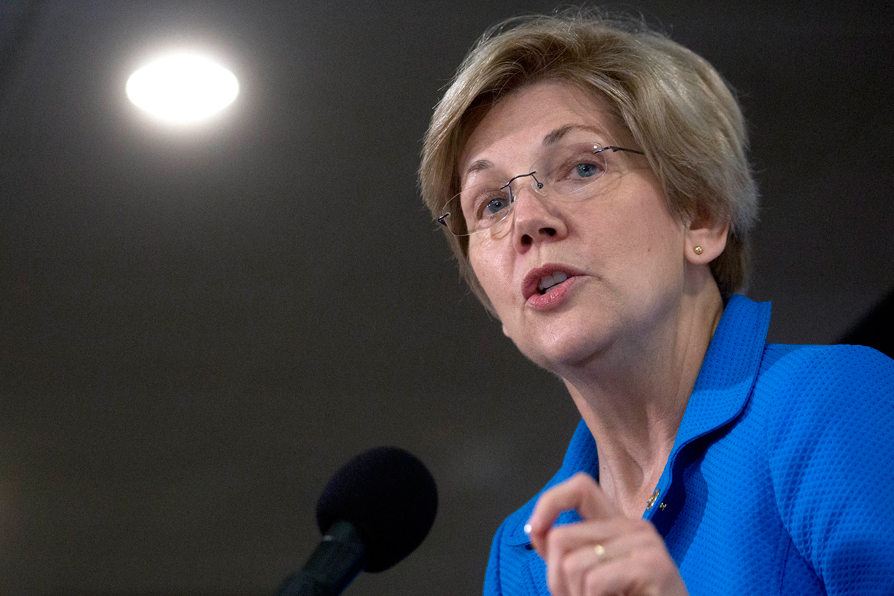
Sen. Elizabeth Warren
During the fall, politics surrounding the rule proposal heat up. The financial industry, Republican lawmakers and SEC commissioner Daniel Gallagher attack the rule as “unworkable.” Proponents, led by Sen. Elizabeth Warren, D-Mass., and consumer groups, rally Democrats to stand with the administration, as legislation is introduced that would attempt to block the rule.
Read more
On Jan. 29, the DOL sends the rule to the Office of Management and Budget for review. The final rule is expected to be released in March or April. Additional attempts to scuttle it — through legislation or lawsuits — are anticipated.
Read more
On April 6, the Labor Department releases its final version of the fiduciary rule, including changes to many areas the industry opposed. Congress will have 60 days to review the rule after it is published in the Federal Register. If lawmakers vote to rescind it, the resolution likely would be vetoed by President Barack Obama. Full compliance will be “phased in” and won’t be required until Jan. 1, 2018.
Read more
Learn more about reprints and licensing for this article.









